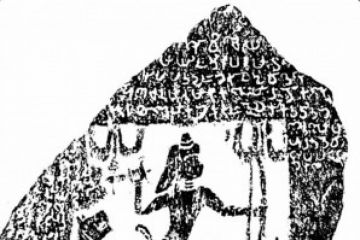
The physicist in India seems to be virtually invisible,
except for brief bursts when the nuclear weapons or the space research
programmes come up for mention. So the death on May 14, 2018, of E. C. George
Sudarshan, discoverer of one of the most important laws of nature—the universal
theory of weak interactions of fundamental particles—at 87, was the subject of
routine obituaries that dismissed his life and work in a few paragraphs. Even
while he lived, the mainstream media made mention





